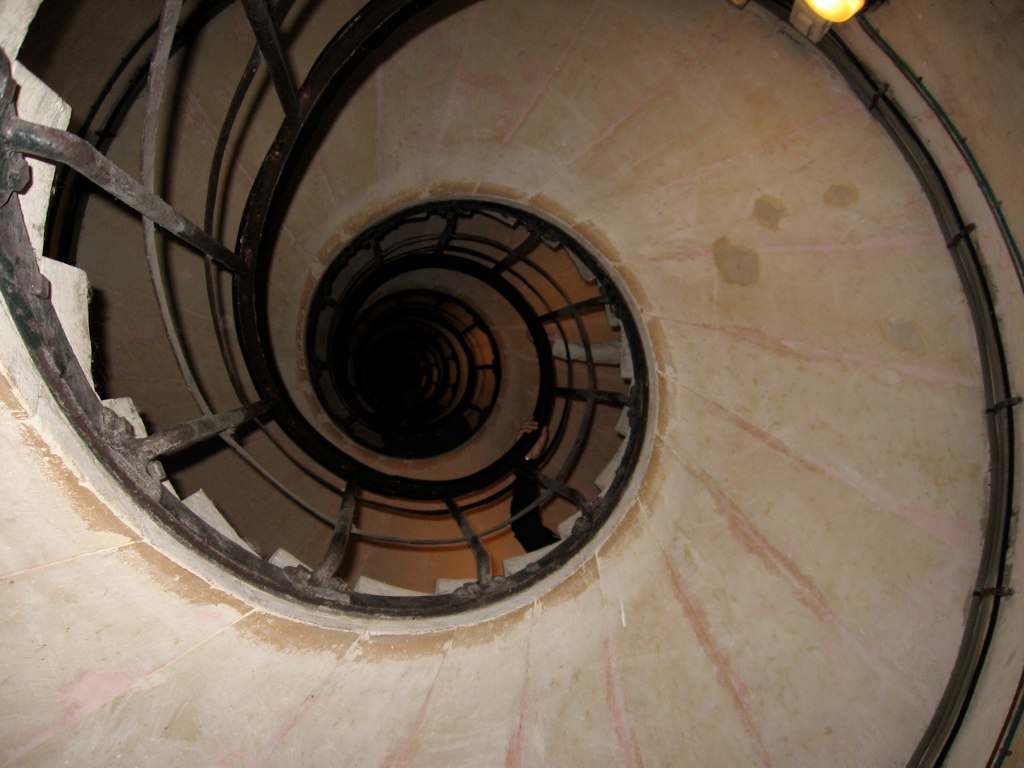
It does get more complex, however, for many different cultures operate in the vast swath of land called “Asia” (just as there are many different cultures operating in the Western world). While many of the Asian societies and sub-cultures tend to focus on the flow of energy and the physical structures in which the energy does flow (or is blocked from flowing), other societies and sub-cultures tend to focus on the nature of reality and one’s perspectives (clear or warped) regarding realities. These Eastern traditions are much more closely aligned with mind (and thought) than with body, physical substances and energy. I have asked my colleagues Jayan Warrier and Richard Lim to convey the essence of these Asian perspectives in a separate essay (Essay IIIB)
While I encourage you to read their essay, I want to focus in the rest of this essay on the Asian perspectives regarding energy and physical substances. I am indebted to Jayan Warrier and Richard Lim for their assistance in preparing this section. Most of the diverse Asian perspectives regarding energy and physical substances have tended to share a taxonomy regarding five elements and sources of energy in the universe: fire, water, earth, ether/air, and spirit. Wood, fire, earth, metal, and water is a variant on these five. Obviously (given the words being used to identify each element) a shattering of boundaries between human beings and the natural world resides at the heart of this taxonomy. While Western Christianity tended to place humankind at odds with (and often dominant over) the natural world, there has been a profound sense in many Asian societies of human beings as inherently a part of nature and as finding their energy and balance within this natural world.
With these five elements in place, there emerged an assumptive world regarding psychopathy. For some reason and in some way, one or more of these five elements were out of balance: they were too strong, too weak, operating in the wrong way or at the wrong time. There were many competing versions regarding what occurred to bring about this imbalance and about what to do that brings about a more balanced interplay of these powerful elements. Restoration often required a series of physical activities, such as cleansing of the body and application of certain herbs to the body or consumption of some herbs. Practices of meditation and what we now call “mindfulness” were also commonly prescribed, as were more extreme measures (such as going on retreat for an extended period of time or engaging in fasting).
Other Asian traditions were more closely aligned with the Western medical focus on bodily functions. For instance, one school in India placed dysfunctions in one of four functional areas: there is dysfunction of perception (manas), intelligence (buddhi), consciousness (will, ego, doingness) (ahamkara), and respiration (prana). These dysfunctions were often addressed through engagement of specific Yoga practices. For instance, Pranayama is a practice in the yogic tradition specifically intended to heal the prana (vital air or breath). We find some of these prescriptions and practices still operating in the world-wide use of Yoga (in its many forms).






